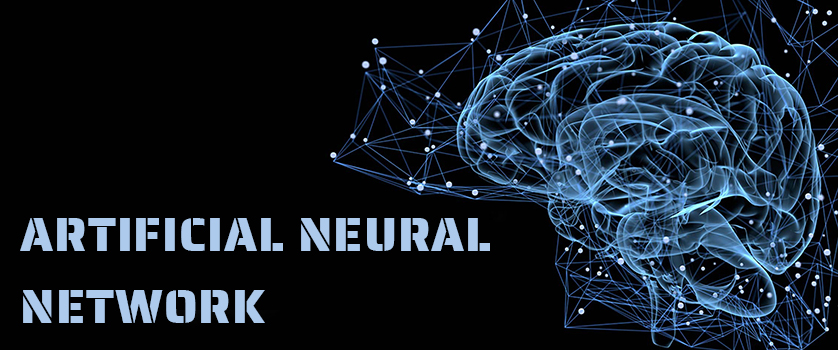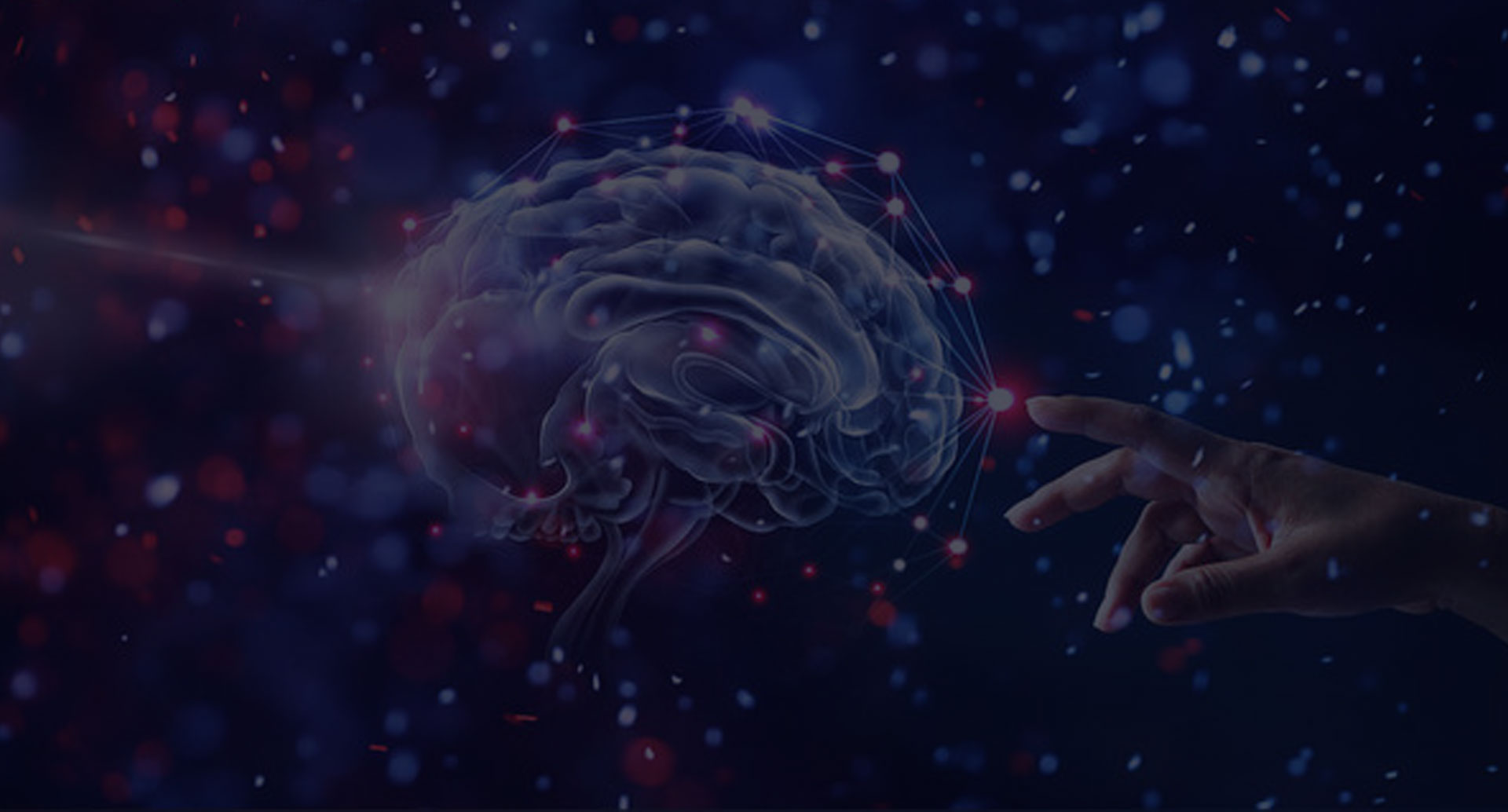
Anshul Jain
23 Apr 2020
The technological evolution that the world and the IT industry is witnessing today is essentially due to the advancement in Artificial Intelligence (AI). However, the credit for this cannot be given completely to AI. The technologies working to make this development possible are numerous, and they too are playing an evident role in bringing new changes and improvements in the tech of today as well as tomorrow. One such technology that is helping machines and systems be intelligent and human-like is Artificial Neural Networks (ANN).
Therefore, in the following discussion, our focus will be on getting an in-depth understanding of Artificial Neural Networks and its various components, as well as to answer various questions like where Artificial Neural Network is used? How does Artificial Neural Network work? What are the types of Artificial Neural Network? and more.
What is an Artificial Neural Network with Examples?
One of the key tools used in Artificial Intelligence along with machine learning, Artificial Neural Networks (ANN), or as it is commonly known, Neural Networks and Connectionist Systems, is a deep learning technology, that has recently gathered a great significance in the field of computer science.
Introduced in 1943, when Warren S. McCulloch, a neuroscientist, and Walter Pitts, a logician, developed the first conceptual model of an artificial neural network, neural networks have now become a crucial research area in the field of Artificial Intelligence. It is a computing system that is inspired by and works similar to the tasks performed by the neurons of the human brain. The idea behind the concept of Artificial Neural Network was to create a machine, robot, or system that can perform the simple as well as complex tasks performed by humans, effortlessly in a similar manner.
For example:
If an image of a dog is presented to the ANN system, it should return the word ‘dog’ as output, after some calculations.
Though designed initially to solve problems like humans, it has since moved away from this aim and is now used excessively for multifarious tasks like computer vision, social network filtering, playing games, medical diagnosis, speech recognition, machine translation, painting, and more.
However, the significance of Artificial Neural Networks is not limited to this. It is extremely diverse and vast and without understanding its components, we cannot get a complete insight into its proper working.
How Does Artificial Neural Network Work?
Artificial Neural Networks were first defined by the inventor of first neurocomputers, Dr. Robert Hecht-Nielsen, as “a computing system made up of a number of simple, highly interconnected elements, which process information by their dynamic state response to external inputs”. Even after years, this definition is still mostly accurate, as neural networks are organized in layers, each of which has several interconnected nodes, which contain activation information.
In short, Artificial Neural Networks consist of a collection of connected nodes, known as an artificial neuron, which are loosely modeled on the neurons in a biological brain. Connected by links, these neurons interact with each other and perform the main computation. Moreover, these nodes act as synapses of the brain and are used to transmit a signal or information to other neurons, by following a simple process, wherein, a pattern is presented to the network through the input layer, which is then communicated to the hidden layers.
The actual processing takes place in this layer- the hidden layers, with the assistance of a system of weighted connections, as each link is associated with weights. Finally, the hidden layers link to an output layer, wherein the input data is transformed until the output/answer is classified.
But, that’s not all.
Neural Networks work in two phases, which are:
- A) Learning Phase: Involves the adoption of ANN’s internal parameters.
- B) Evaluation Phase: Also known as the recall phase, here the neural network uses what was learned.
Now that we understand the workings and types of Artificial Neural Networks, let us continue and understand the algorithms it uses to reach the output.
Types of Artificial Neural Networks:
The types of artificial neural networks are numerous, each of which has their specific use cases as well as levels of complexity. At times they are differentiated and described in terms of their depth, the number of layers between the input and output, or their hidden layers. Therefore, we have listed and defined the different types of artificial neural networks, to help you distinguish them from one another and understand their significance.
Hence, the different types of artificial neural networks are:
1. Feed-Forward Neural Networks:
The first type as well as the simplest variant of artificial neural networks (ANN), the feed-forward neural network passes information in one direction (forward), through various input nodes, without any loop or connection between the units. This type of ANN is primarily used for supervised learning, where the learned data is neither sequenced nor is it dependent on time.
2. Radial Basis Function Neural Networks:
Radial Basis Function (RBF) neural networks is another important variant of Artificial Neural Networks (ANN) that has an input layer, hidden layer, as well as an output layer. It is a real-valued function, whose value is specifically dependent on the distance between the input and a fixed point. Moreover, this type of neural network has numerous applications, like function approximation, classification, interpolation, etc.
3. Recurrent Neural Networks:
The complex variant of ANN, Recurrent Neural Networks or RNN is artificial neural networks where the computation graph contains directed cycles, as the information travels in a loop, from layers to layers, which enables it to exhibit dynamic behavior. Moreover, unlike feed-forward neural networks, RNN can use an internal state or memory, which can be used to store information about its past computations and process sequence of inputs. Recurrent Neural Network is successfully used in natural language processing.
4. Convolutional Neural Networks:
One of the most popular variants of artificial neural networks, Convolutional Neural Networks (CNN) is composed of one or more convolutional layers, with connected or pooled layers on the top. It is a variation of multilayer perceptrons that is popularly used in image recognition and advanced applications of AI, like facial recognition, text digitization, etc.
5. Deconvolutional Neural Networks:
Though similar to convolutional neural networks, Deconvolutional neural networks (DNN) use a reversed CNN model process to identify lost features that were considered originally been considered insignificant during the processing of the former neural network type. This variant of the artificial neural network is used in image synthesis and analysis.
6. Modular Neural Networks:
The final variant of artificial neural networks, modular neural networks contains numerous neural networks that work separately from one another and contributing towards the final output. Here, the networks do not interact or signal one another in order to accomplish the task, which helps it perform complex or big computational processes efficiently.
Importance of Learning in Artificial Neural Networks:
The role of learning in neural networks and their ability to function accurately is extremely important. Dependent on the weights of the networks or edges, which adjust as learning proceeds, learning enables ANN to adapt information and reach the most accurate result, quickly. However, weights are not the only element making learning possible. ANN has different learning paradigms, each of which corresponds to a particular learning task. These paradigms are:
1. Supervised Learning:
The first learning paradigm, supervised learning, uses a set of paired input and output. Here the learning task is to produce the desired output for each input, which is achieved after analyzing the training data set and producing an inferred function. Moreover, in supervised learning, the cost function is related to eliminating the incorrect deduction. Tasks suited for this paradigm are pattern recognition and regression. It is also applicable to sequential data, like gesture and speech recognition.
2. Unsupervised Learning:
Unlike in supervised learning, unsupervised learning, the input data are given with the cost function, which is further dependent on the task and other prior assumptions. This paradigm is mainly concerned with tasks that are in general estimation problems, like clustering, estimation of statistical distributions, etc.
3. Reinforcement Learning:
This learning algorithm can autonomously get optional results from the knowledge obtained by interacting with the dynamic environment. The aim here is to weight the network to perform tasks that minimize long-term costs. The tasks suited to this paradigm are control problems, games, and other sequential decision making tasks.
What is an Artificial Neural Network Algorithm?
As stated earlier, the importance of learning is exceptionally high in neural networks, which is accomplished by adjusting weights and bias to achieve the desired output. However, to enable successful learning, neural networks are first trained, using a range of learning algorithms. Though the algorithms used to train neural networks are numerous, the following three are among the most efficient and important learning algorithms.
1. Gradient Descent Algorithm:
The simplest neural network training algorithm, Gradient descent or steepest descent algorithm, is used to minimize the cost function as well as to update the parameters of the learning models, by iteratively moving in the direction of the steepest slope. Used in the case of the supervised training model, it is mainly recommended in cases where there are big neural networks, with thousands of parameters.
2. Backpropagation Algorithm:
An extension of the gradient descent algorithm, the backpropagation algorithm is a central mechanism used by neural networks to learn. Here, the detected error is propagated backward from the output layer to the input layer. This algorithm is an iterative, recursive, and efficient way of calculating the weights updates to improve the network until it is prepared to perform the specified task.
3. Levenberg-Marquardt Algorithm:
A combination of gradient descent rule and the Gaus-Newton method, Levenberg-Marquardt Algorithm is the most efficient training algorithm for neural network modeling. Also known as damped least-squares, Levenberg-Marquardt algorithm is designed specifically to work with the loss function that takes a form of squared errors.
Where Artificial Neural Network is Used?
Since the beginning of our discussion, we mentioned numerous beneficial aspects and properties of artificial neural networks, which make it essential in the field of artificial intelligence and deep learning. It is due to these properties, that artificial neural networks are being predominantly in machines and software, like:
1. Pattern Recognition:
Another technology closely related to Artificial Intelligence (AI), Pattern Recognition is used in machine learning to perform automated recognition of patterns and regularities in data, which is then used to predict trends, recognize patterns, as well as in facial, optical character, speech recognition, etc.
2. Time Series Forecasting:
The sequence of measurements of data points done in time order to predict future values based on previously observed and analyzed values, is known as time series forecasting. From weather forecasting and budget analysis to military planning, workload projections, etc. are all examples of time series forecasting, that use machine learning, artificial neural networks, fuzzy logic, supper vector machines, etc. to get results.
3. Signal Processing:
A subfield of electrical engineering, signal processing is leveraging the properties of artificial neural networks to improve the quality of hearing implants and aids. Moreover, it is helping machines to process audio signals and filter it accurately.
4. Soft Sensors:
Also known as virtual sensors, soft sensors process several measurements and estimations, which are used for fault diagnosis as well as control applications. Latest implementations of soft sensors are using artificial neural networks to better deliver results.
5. Anomaly Detection:
A component of data mining, Anomaly Detection is leveraging the properties of artificial neural networks to detect new and modified attacks, hiding intrusions, as well as decrease the rates of false positives.
6. Image Processing:
Image processing or Digital Image processing is the use of computer algorithms to analyze and assess images to extract useful information. Artificial Neural Network is being successfully used to achieve this in various fields like automatics, transport, mechanics, industrial surveillance, defence department, etc.
Advantages & Disadvantages of Artificial Neural Network:
There are various advantages and disadvantages associated with the artificial neural network, a few of which are listed below:
1. Advantages:
- Ability to work with incomplete knowledge.
- In ANN the information is stored in the entire network.
- Has fault tolerance, as a corruption of one or more networks does not prevent it from reaching the desired output.
- Has learning ability, which enables it to assess and comment on similar events.
- It is capable of performing parallel processes.
2. Disadvantages:
- Dependent on hardware.
- The behavior of the network is unexplained in some cases, which makes it unreliable.
- The duration of the network can be unknown.
- Determining a proper network structure can be difficult.
Conclusion:
With the gradual advancement in artificial intelligence and the requirement of increased learning rate in machines, the need for artificial neural networks is also increasing, making it an integral part of the software and machines that are developed to replicate human-like thinking as well as the way they perform various tasks, in the real world. Hence, there is no doubt that in the coming years, artificial neural networks will become an even larger technology that will offer the IT industry new and remarkable opportunities to explore its advantages.




